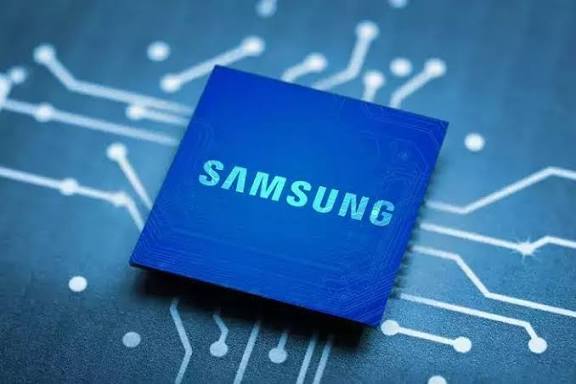As TechCrunch Disrupt 2025 approaches, the spotlight intensifies on how AI at the edge is revolutionizing space exploration, satellite operations, and terrestrial applications, driven by innovative startups.
The Frontier of Intelligence: AI on the Edge of Space
The convergence of artificial intelligence and edge computing is setting the stage for a dramatic transformation of the space industry. While TechCrunch Disrupt 2025 is still on the horizon, the theme of 'AI at the edge powering the future of space' highlights an accelerating trend that promises to unlock unprecedented capabilities for satellites, rovers, and deep-space missions. This pivotal technological shift, increasingly championed by agile startups, moves data processing from Earth-bound data centers directly to the spacecraft, enabling real-time decision-making, enhanced autonomy, and significantly reducing reliance on bandwidth-limited communication links.
Why Edge AI is Critical for Space
Traditional space operations involve transmitting vast amounts of raw data back to Earth for analysis, a process fraught with latency, bandwidth constraints, and potential communication blackouts. AI at the edge addresses these challenges by allowing intelligent systems to process data onboard, filtering out irrelevant information and prioritizing critical insights. This is essential for:
- Real-time Earth Observation: Identifying critical events like wildfires, floods, or illegal activities as they happen, directly from orbit.
- Autonomous Navigation & Exploration: Enabling rovers and probes to navigate complex terrains, detect anomalies, and make independent scientific discoveries without constant human intervention.
- Satellite Swarm Management: Orchestrating constellations of satellites to perform complex tasks, optimize coverage, and adapt to changing conditions.
- Space Debris Monitoring: Onboard analysis to detect and track hazardous debris, aiding collision avoidance strategies.
- Enhanced Resilience: Systems can operate effectively even during communication delays or outages, crucial for deep-space missions.
Startups are at the forefront, developing specialized, radiation-hardened AI processors, optimized algorithms, and compact computing platforms tailored for the extreme conditions of space. Their innovation is democratizing access to advanced space capabilities, fostering a new era of agility and intelligence in orbit and beyond.
“Bringing AI capabilities directly to the source of data in space is not just an optimization; it's a fundamental shift towards truly autonomous and responsive space systems. This empowers us to explore further, react faster, and derive unprecedented value from our assets beyond Earth.”
— Dr. Alistair Vance, Space Technology Strategist
The 'So What' for Consumers and Industry
For consumers, the advancements in edge AI for space translate into more reliable satellite-based services, from faster internet in remote areas to more accurate weather forecasting and disaster response. The improved efficiency and capabilities of space assets will drive down costs, potentially leading to new commercial ventures in areas like in-orbit manufacturing or space tourism infrastructure. For the industry, this trend opens up massive opportunities for hardware manufacturers, software developers, and data analytics firms specializing in space applications. It also signifies a strategic advantage for nations investing in smart, autonomous space infrastructure, impacting national security, scientific discovery, and economic growth. The discussions at events like TechCrunch Disrupt 2025 will undoubtedly showcase the cutting-edge innovations that will define the next generation of space technology.






